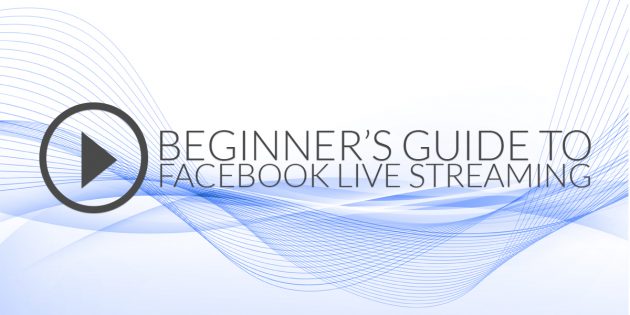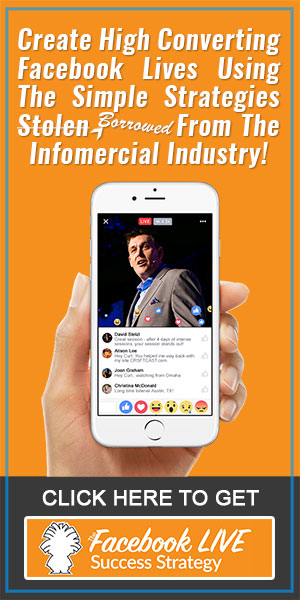Over the last few months you may have seen people go ‘Live’ on Facebook. Not so long ago Facebook announced Live, the newest way to interact with friends and fans by live streaming directly off your smartphone.
Live has now been rolled out to everyone and even small businesses can use smartphones and start recording whenever they like.
In today’s article I’ll discuss how Facebook Live works and some best practice tips to help you get started.
How Facebook Live Works
As of right now your personal Facebook account and your business page have several options when uploading a status, they are:
⦁ Photo post
⦁ Video
⦁ Tag others
⦁ Add a feeling
⦁ Check in to a location
⦁ Live streaming
Once live streaming has been activated on your page, you will see a live video icon added to your list of options:

After selecting the Live Video option, you will be asked to create a short description of the topic of your stream and select the audience you wish to target from your friends list or fan page. Once you’re ready to stream, simply hit the Go Live button and you’ll stream to your audience.
As you stream Facebook will tell you who is viewing, users can leave comments in real time and after you end your stream, Facebook will turn it into a video which is saved on your wall.
You can only use Live on a mobile device. You cannot use a desktop or webcam to stream a live event.
Facebook vs. Periscope?
Periscope is currently the biggest live streaming social media platform today with a little over 10 million active users. There are several key differences between the two, including:
Streaming options – Facebook allows you to choose and target who you stream your content to, be it friends and family or fans of your Facebook Page. Periscope also offers private broadcasts but you must selection who can view, chances are you already have an established audience on Facebook and don’t use Periscope or even knew what it was until a few seconds ago.
Live events turn into updates – Facebook will turn all your live recordings into videos after your stream is over. This is pretty useful as your entire fan base won’t be logged on to Facebook at the same time allowing them to watch it later.
Periscope only keeps your videos for 24 hours before deleting them.
Facebook is for Facebook – the only downside to Facebook Live is that users must be on Facebook to watch your streams. Periscope is very much like YouTube in that it can be embedded in almost any social media platform and website. However, I don’t think this will be too much of an issue given Facebook’s huge user base.
How you should be using Facebook Live
Facebook Live has opened up endless possibilities for businesses. You can stream:
⦁ Live events such as trade shows and conferences
⦁ Q&A sessions on new products
⦁ Company news and announcements
⦁ Tutorials on new products
⦁ Behind the scenes footage
⦁ Relationship building
⦁ Webinars
For example, if your business has received a lot of questions about a new product, going on Facebook Live and addressing the questions is faster and a much more engaging way to answer their questions. Your customers can leave comments instantly rather than going back and forth via email over the best part of a week.
Summary
Facebook Live is still fairly new but already I’m seeing marketers, brands and celebrities using it to great success. As mobile internet gets faster in the coming years I fully expect a large part of Facebook marketing to be around Facebook live videos.
Nick Bridges
Latest posts by Nick Bridges (see all)
- Facebook Releases 8 New Standard Events - November 14, 2018
- Facebook Pixel Changes 2018 - October 11, 2018
- Writing Compelling Ad Headlines that People Will Click - September 12, 2016



